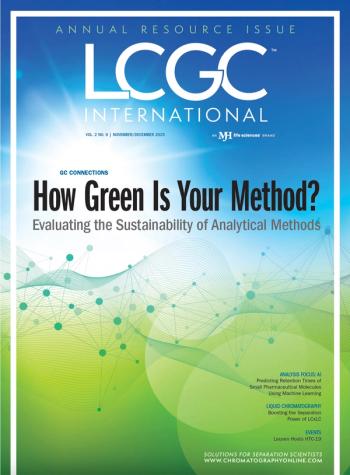
Drug discovery programme
Chiral Technologies is partnering with Vanderbilt University?s programme in drug discovery to supply enantioselective chiral chromatography columns and custom separation services.
Chiral Technologies is partnering with Vanderbilt University’s programme in drug discovery (VPDD) to supply enantioselective chiral chromatography columns and custom separation services. VPDD employs more than 60 scientists working with major pharmaceutical companies, government laboratories and private foundations to accelerate speed and enhance the drug discovery and development processes.
At the beginning of the partnership, VPDD sent a novel racemic compound to the company to identify a separation method using its portfolio of chiral stationary phases. Using its columns, the company successfully developed a method for this sample. The company continues to work with the programmme on method development projects and supplies it with various enantioselective chiral chromatography. This enables the programme to resolve similar compounds in-house and determine their enantiomeric purity.
“Chiral molecules are important building blocks and potential drug candidates. The biological testing of resolved enantiomers has resulted in very interesting and unexpected activities,” said Dr. Craig W. Lindsley, medicinal chemistry director for VPDD.
“Establishing and maintaining a comprehensive in-house prep infrastructure is prohibitively expensive,” said Chris Denicola, director of analytical chemistry for VPDD. “Chiral Technologies not only supplies columns, it also assists us in our research and method development and small-scale prep work, which we would not otherwise be able to perform in our laboratories.”
“In recent years, the need to obtain pure enantiomers through chromatography has grown dramatically,” said Mark McDonald, vice president of sales and marketing for Chiral Technologies. “We are committed to the advancement of Vanderbilt’s drug discovery program, and we are pleased to support such a prestigious R&D endeavor.”
For more information about Chiral Technologies, visit
Newsletter
Join the global community of analytical scientists who trust LCGC for insights on the latest techniques, trends, and expert solutions in chromatography.



